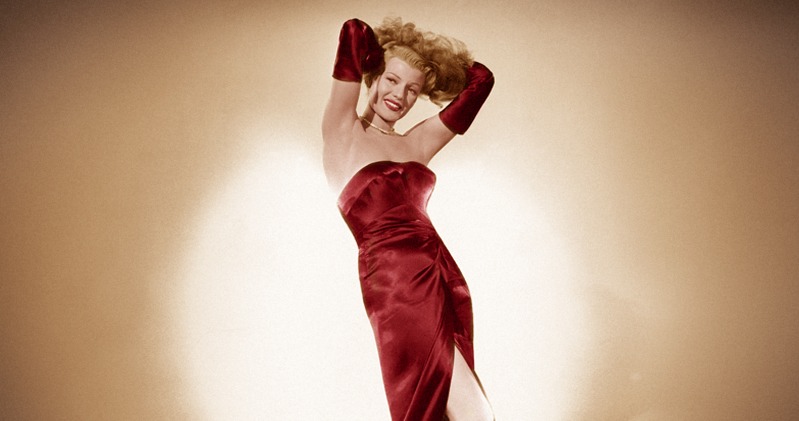Along with stellar performances and captivating plotlines, it’s the costumes that leave an indelible impression when we sit, transfixed, in a darkened theater.
Here are ten unforgettable looks from filmdom’s first fifty years.
Theda Bara in Cleopatra (1917)
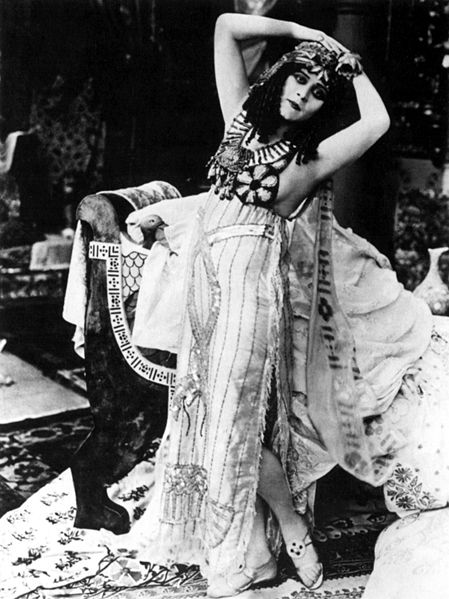
Playing the Queen of the Nile, silent film star Theda Bara caused quite the kerfuffle, wearing a barely-there costume created by George James Hopkins.
“The Cleopatra costume created quite a stir because it cost $1,000 a yard and Theda seemed to be wearing only ten cents’ worth,” noted the actress’s biographer Ronald Genini.
Sexy, for sure, though not everyone was impressed. A film critic for The Cleveland Leader observed that the actress had put on a few pounds “and perhaps should change her name to ‘Feeda Bara.’”
Jean Harlow in Dinner at Eight (1933)
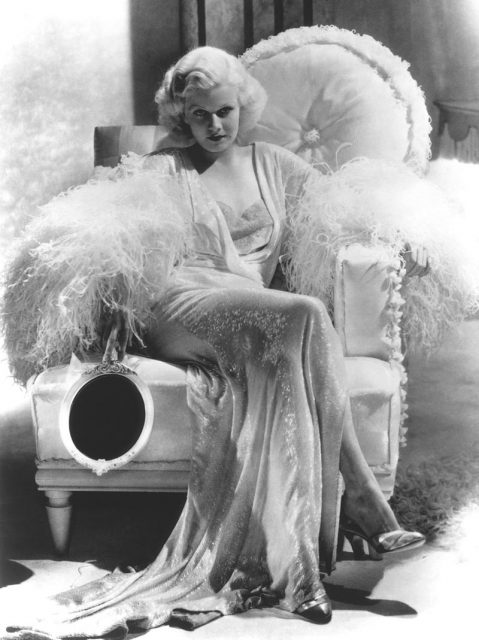
Playing a dumb-like-a-fox floozy in this comedy-drama about guests preparing for a high-class soiree, the blonde bombshell held her own against heavyweights like John Barrymore, poured into a white satin bias-cut gown that hugged her every curve.
Censorship, it goes without saying, was pretty liberal back then — Harlow rarely wore a bra. “Our only rule in those days,” noted designer Edith Head, “was ‘Will it stay on?’ If dresses fell off, we just shot again.”
Vivian Lee in Scarlett O’Hara (1939)
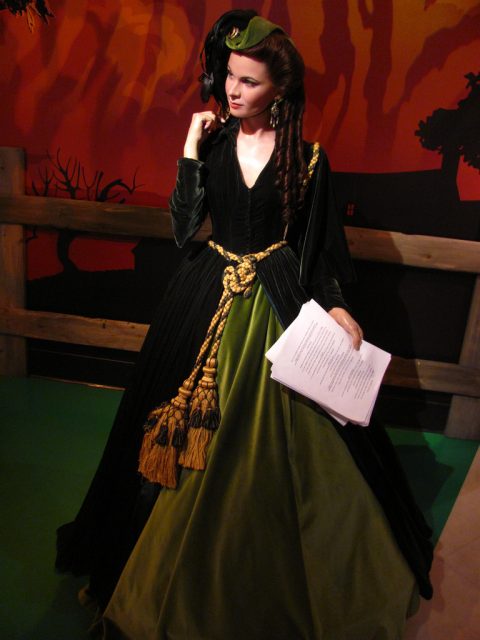
Before designing the charming dresses for Gone with the Wind heroine Scarlett O’Hara, costume designer Walter Plunkett journeyed back East, to Atlanta and Philadelphia, to find swatch books from mills of the 1840s to use as guides. (He discovered one mill near Philadelphia that had been producing some of the same patterns since 1840!)
Judy Garland in The Wizard of Oz (1939)
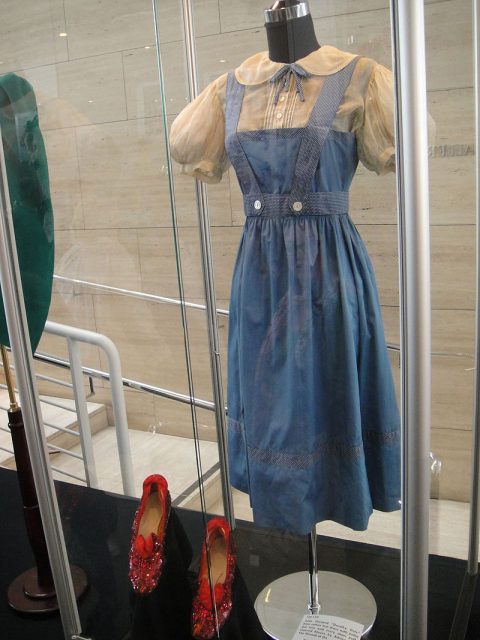
Designer Gilbert Adrian was the ideal choice to create Dorothy’s dress: He loved the Oz books as a youngster.
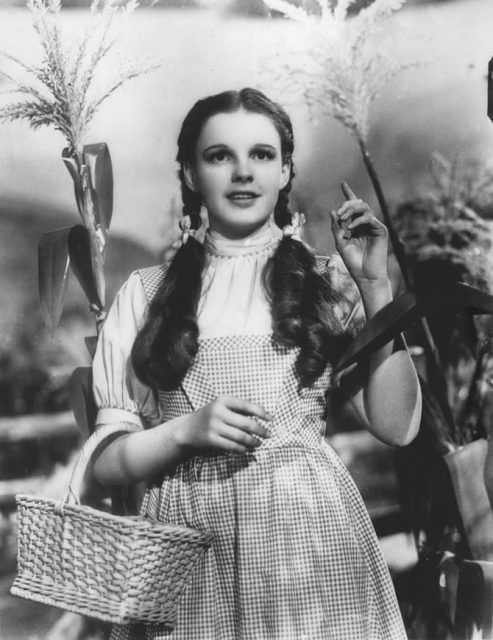
The designer actually retrieved his old schoolbooks from his childhood home in Connecticut, in which he had sketched the characters some 20 years earlier.
Rita Hayworth in Gilda (1946)

“People didn’t want to see Rita Hayworth in a suit,” said costume designer Jean Louis, creator of this black satin number, paired with long gloves. (Look closely: The dress was inspired by John Singer Sargent’s 1884 painting “Portrait of Madame X.”) Hayworth wore a corset to squeeze into the dress: She had given birth to a daughter just a few months earlier and hadn’t quite regained her pre-pregnancy figure.
Hedy Lamar in Samson and Delilah (1949)
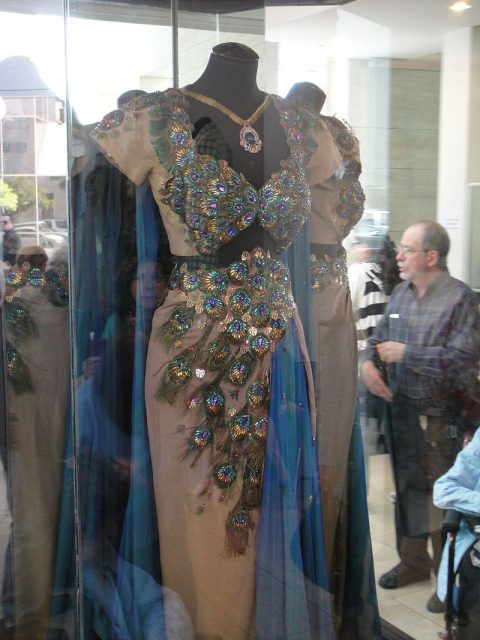
Producer Cecile B. DeMille’s motto: Go big, or go home. Witness this elaborate costume, adorned with peacock feathers, created for Hedy Lamar for her role as Biblical seductress, Delilah.
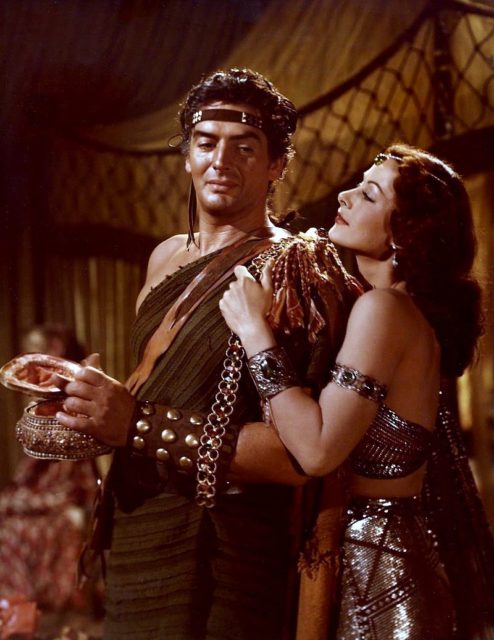
Edith Head, a stickler for detail, referenced sources about Egyptian and Babylonian times to get the look just right, but noted that “because of censorship, the correct costumes were not allowed … when you present someone in a bodice, you immediately have a costume that’s not historically right.”
Grace Kelly in Rear Window (1954)
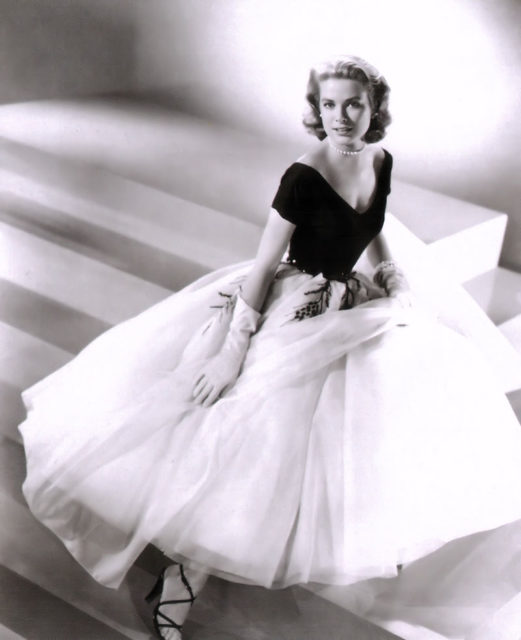
Alfred Hitchcock’s favorite leading lady, Kelly played the sophisticated fashion consultant girlfriend of photographer L. B. “Jeff” Jefferies (Jimmy Stewart), who helps him investigate a suspected murder. “Hitch wanted her to look like a piece of Dresden china, something untouchable,” said Edith Head. The legendary costume designer came through with a closetful of elegant looks. The highlight: a black-and-white dress, with a beaded chiffon skirt.
Marilyn Monroe in The Seven Year Itch (1955)
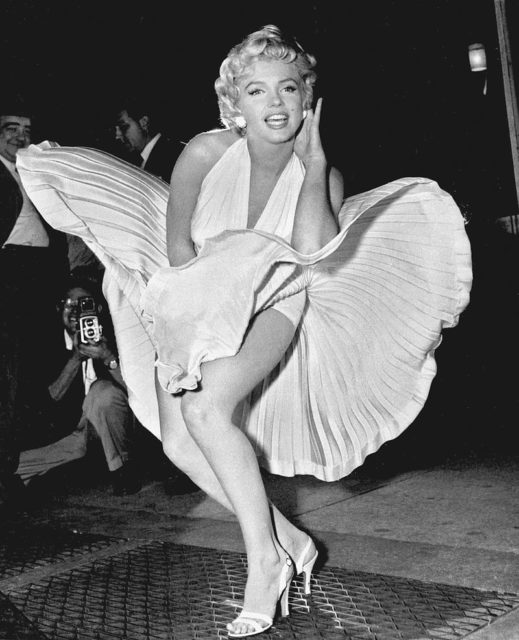
The sex symbol’s iconic white halter dress made quite an impression in the comedic romp, but it’s best-known for a publicity stunt to promote the picture.
Monroe posed on a Manhattan subway grating, as a passing subway train lifted the billowy skirt, exposing a pair of white panties (actually, two pairs, to make sure no one got a glimpse of anything naughty).
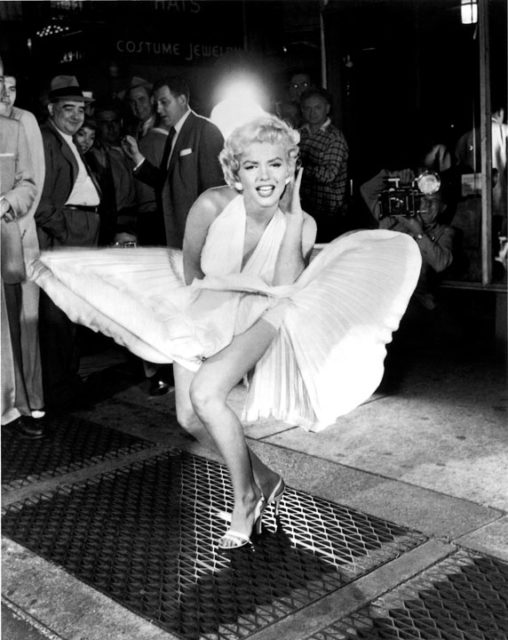
Thousands of spectators were delighted, but baseball slugger Joe DiMaggio, Monroe’s husband at the time, was reportedly disgusted by the “exhibitionist” display.
Audrey Hepburn in Breakfast at Tiffany’s (1961)

Simply put, Hubert de Givenchy’s creation for Holly Golightly is the most famous little black dress of all time, reaching true icon status among fashionistas.
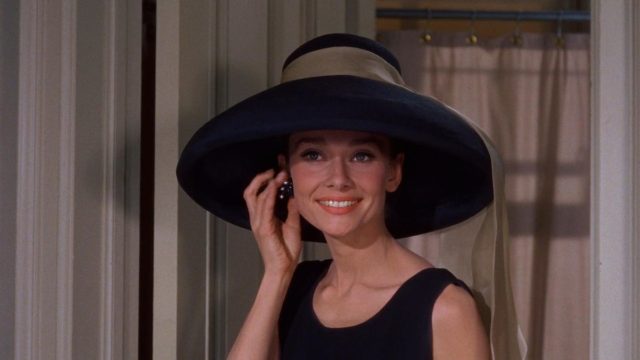
The chic little number — a satin sheath evening gown embellished with a cut-out décolleté, adorned with strings of pearls — fetched $923,187 at a Christie’s auction in 2006.
Faye Dunaway in Bonnie and Clyde (1967)
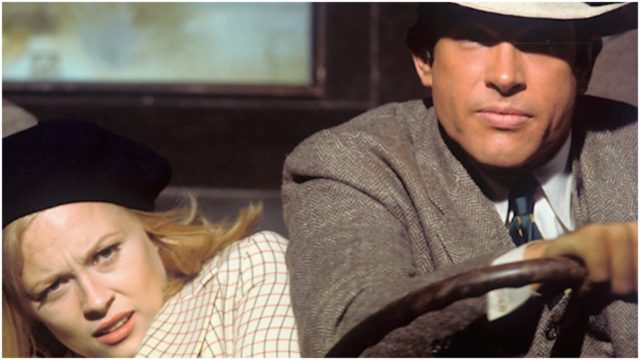
The 1930s-inspired clothes that the Depression Era couple-on-a-crime-spree sported set off a fashion revolution, and nabbed costume designer Theadora Van Runkle a much-deserved Oscar nomination. The movie was a boon for the beret business, in particular.
Read another story from us: Rita Hayworth – Hollywood’s Original Love Goddess Struggled with Romance
The village in the French Pyrenees where the chapeaus were made would increase production from 5,000 to 12,000 berets a week.
